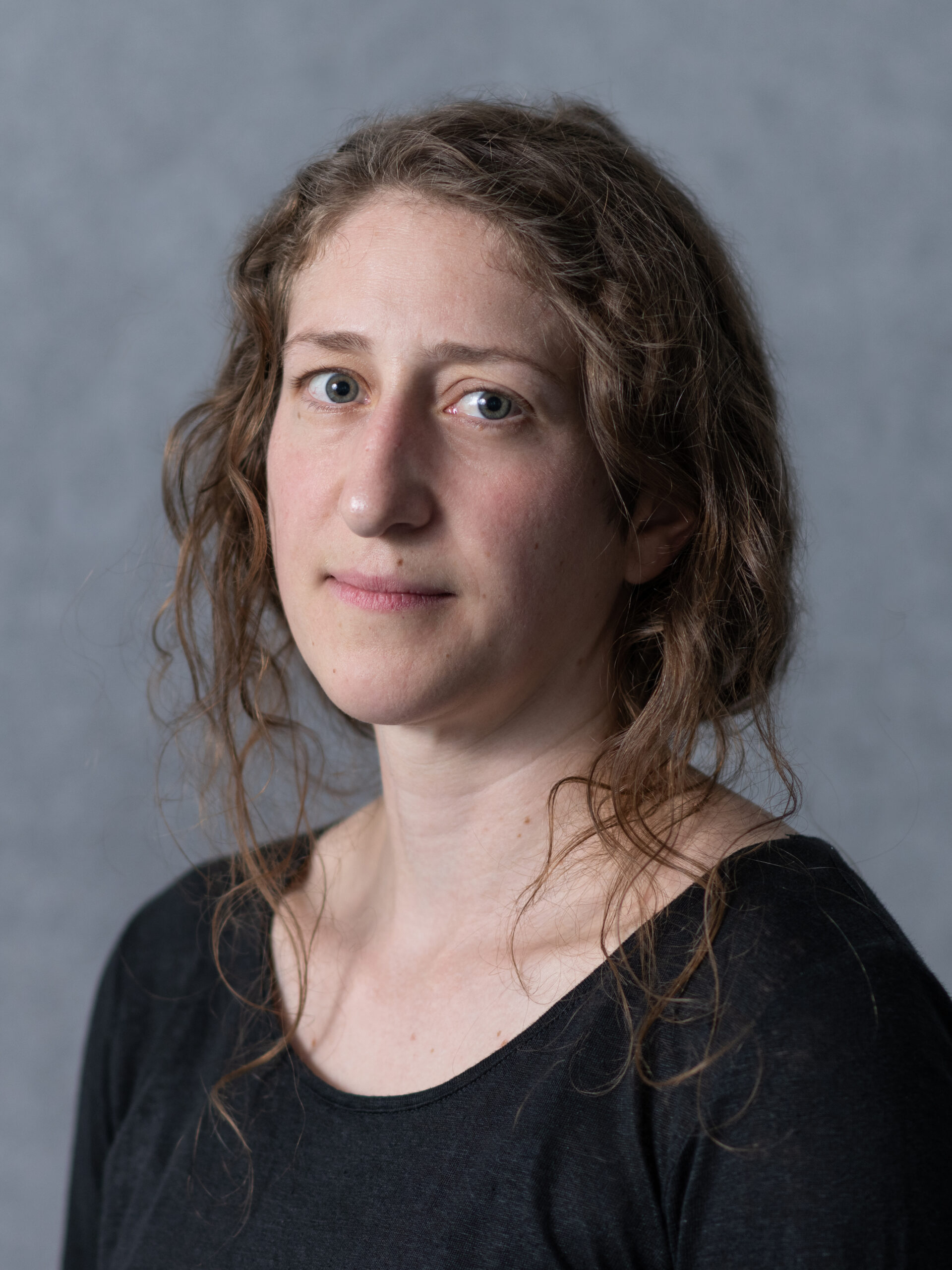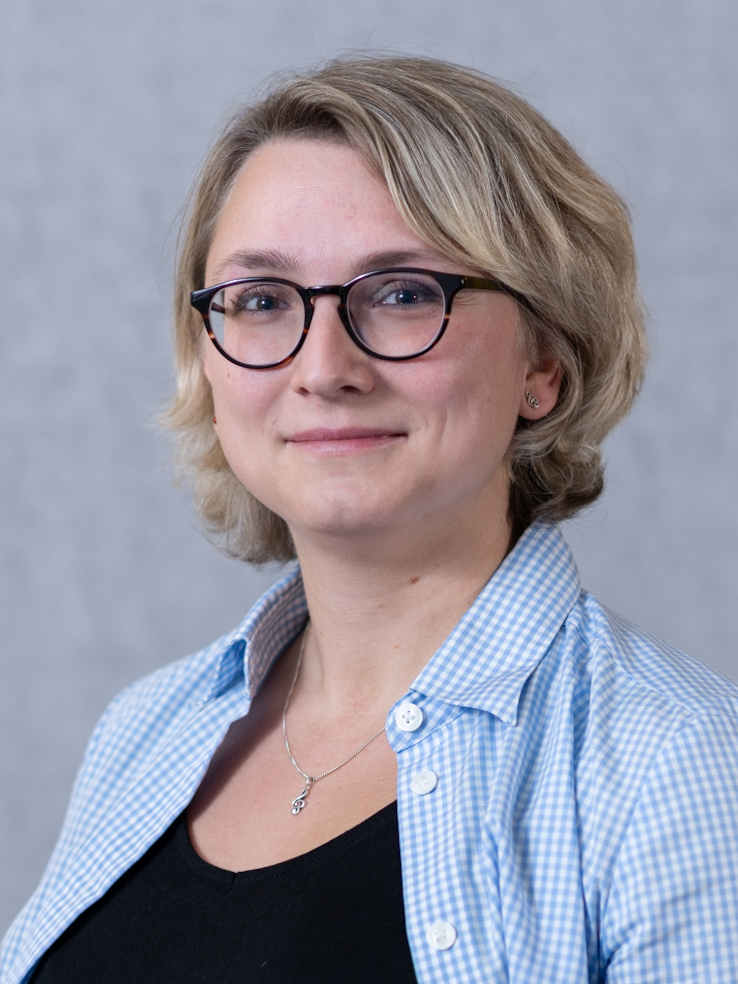The group around Barbara Schädl uses histological methods for projects in different areas of intensive care and tissue regeneration. Thereby, various types of samples are treated such as inner organs (liver and kidney), tissue of the skeletal and locomotor system (cartilage, bone and muscle) or skin. Furthermore, transplants that are developed from various biomaterials as well as cellular constructs are examined. The following technological methods are used:
- Paraffin histology
- Frozen sections
- Resin embedding
- Histochemical staining
- Enzyme histochemical staining
- Immunohistochemistry
- Scanning electron microscopy (SEM)
- Transmission electron microscopy (TEM)
The aim is to display various tissue components or to identify specific tissue structures by enzyme or antibody-antigen reaction (matrix components, cell types, cytokines). Electron microscopy in contrast provides a structural display option in the area of high-resolution, which for instance allows for collagen fibrils and their sub-structures as well as their cell components to become visible. It is possible to examine three-dimensional samples (SEM) or histological slides (TEM). With these methods, the development of tissues, their condition and cell activity as well as the degradation of biomaterials can be depicted.



